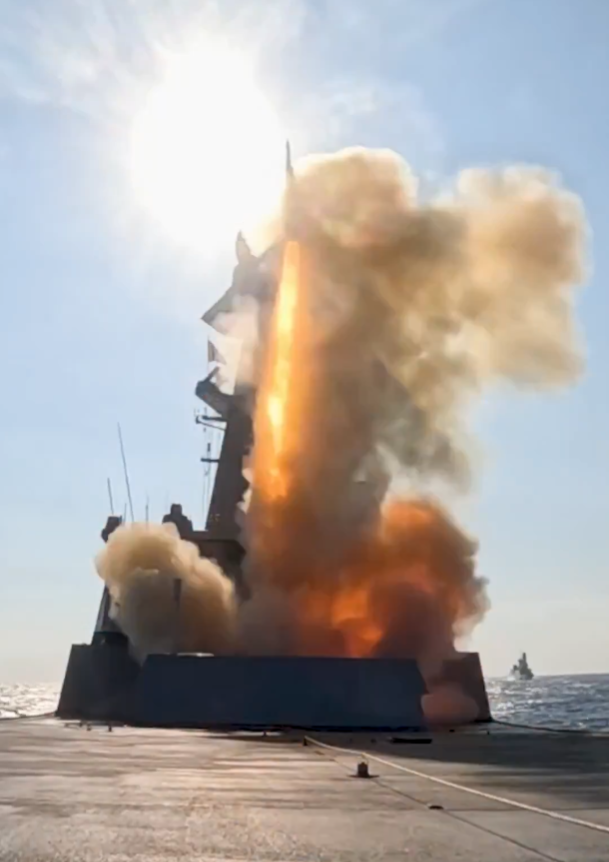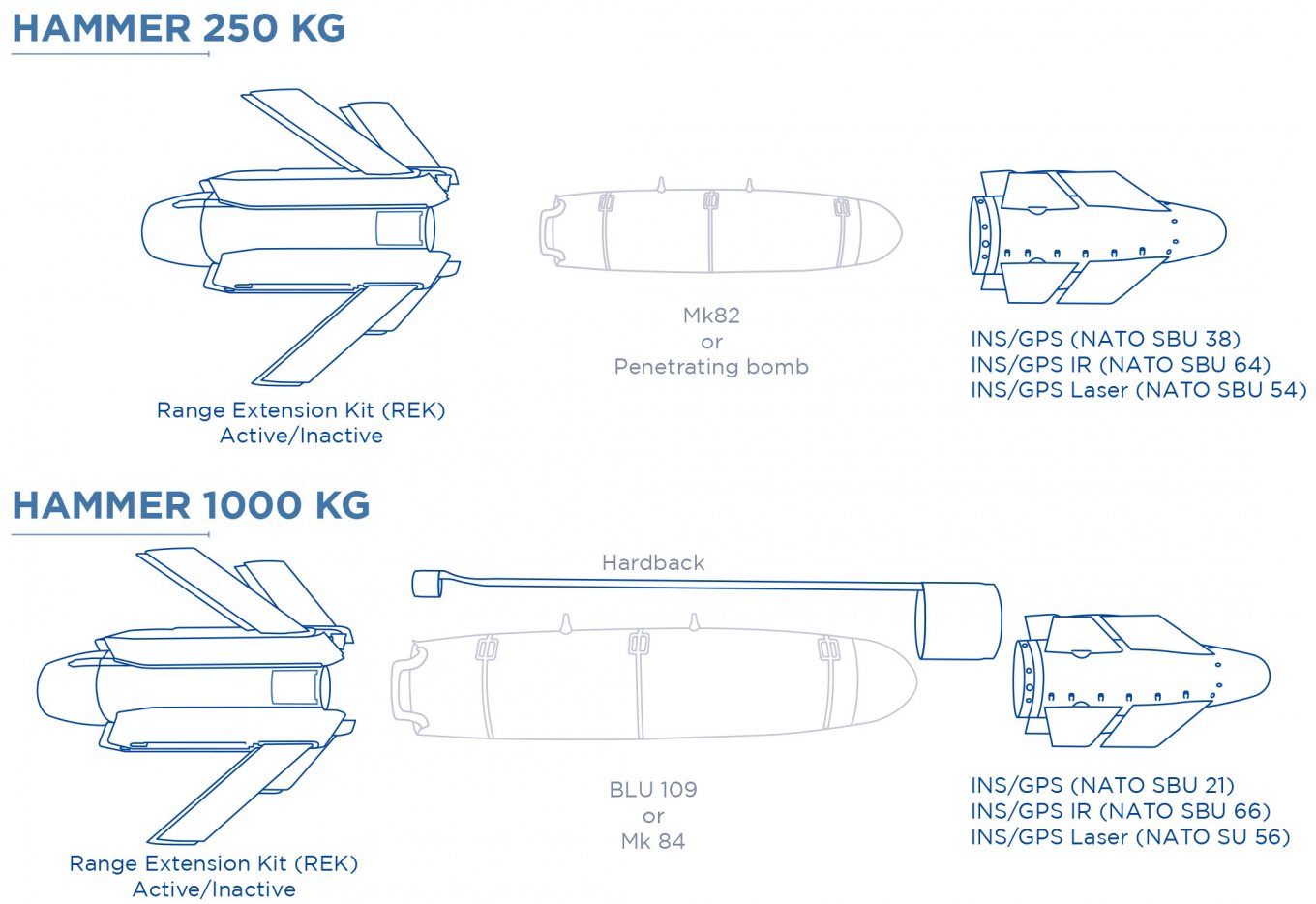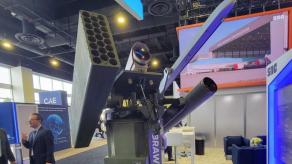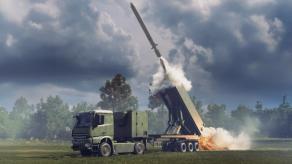French Navy air-defense destroyer Forbin (Horizon class) shot down an AASM Hammer guided glide bomb during exercises using an Aster 30 missile. This appears to be the first documented case in history of a ship intercepting an air-launched glide bomb in flight.
The drills prepare crews for high-intensity scenarios they may face in combat. The AASM Hammer was not aimed at Forbin itself but at a different target simulating amphibious operations of a Mistral-class assault ship, Naval News reports.
Read more: 1 Rocket, 3 Targets, +100 km HIMARS Gets Game-Changing LRMP Strike Capability
For the exercise the glide bomb was released from a Rafale. This closely resembles another recent exercise in which a Rafale launched an MICA-EM air-to-air missile that the French FREMM-class frigate Alsace intercepted with an Aster 30 an engagement that pushed human and technical limits.
Although the AASM Hammer has a small solid-propellant rocket motor, it is still slower than a missile like the MICA-EM, making it easier to hit. At the same time, its very small size makes detection, tracking and interception challenging.
Notably, Naval News states that the Hammer was shot down in a reflex mode. That means the shipboard PAAMS (Principal Anti-Air Missile System) acted autonomously: it detected, identified, tracked and launched the Aster 30 without human intervention.
This greatly reduces time from detection to kill compared with classic procedures. In this mode human involvement is minimal. It is quite possible that the recent interception of the MICA‑EM occurred in this reflex mode, because that missile flies at very high speed.

In that case the crew had only seconds to detect, identify, track and launch an interceptor at the MICA‑EM, which is why they likely used the reflex mode.
Recall the characteristics of the Aster 30 used in the intercept. It reaches speeds up to Mach 4.5 (about 5,500 km/h), has a maximum range of up to 120 km, a maximum interception altitude of 20 km and a mass of 450 kg. Modern variants Aster 30 B1 and Aster 30 Block 1 NT gain the capability to intercept ballistic missiles.

As for the AASM Hammer glide‑kit, AASM is a kit that equips various gravity bombs; the exact type of bomb used in the exercise was not disclosed. Depending on release altitude it can reach up to 70 km. For guidance it uses GPS, an inertial navigation system and an IR seeker.
AASM Hammer has proven effective in Ukraine and has even been employed from Soviet‑era aircraft such as the MiG‑29, Su‑27 and Su‑25.
Read more: Pelican 2 Agricultural Drone Manufacturer Pyka is Moving Into Production of Autonomous Long-Range Heavy-Lift Military UAS














